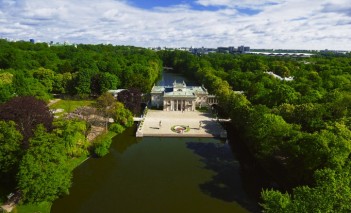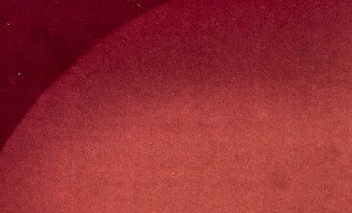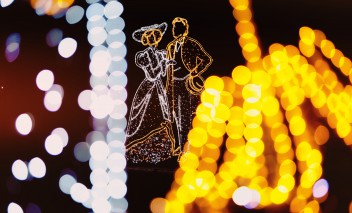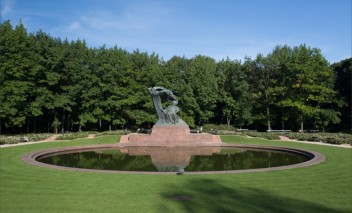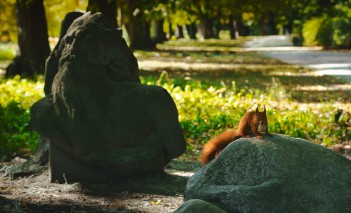Great refurbishment in Łazienki. The Palace on the Isle and its surroundings have gained beauty

The interiors of the Palace on the Isle have been renovated to appear as they did when Stanisław August was looking at them, historic polychromes have been uncovered in the Myślewicki Palace, the alleys in the historic gardens have been modernised and the Museum’s website enhanced – all this work has been carried out in the Royal Łazienki over the last three years thanks to a project co-financed from EU funds.
The project “Conservation and Renovation of the Palace on the Isle together with the Surroundings in the Royal Łazienki Museum” was summed up at a press conference which took place in the Ballroom of the Palace on the Isle. - We have achieved what we planned. We were able to spend the funds wisely. Thanks to EU funds our dreams have been realised - Tadeusz Zielniewicz, Director of the Royal Łazienki, said.
- By changing the Royal Łazienki from a summer residence into a modern public museum we have still been implementing Stanisław August’s idea. We believe that one becomes a better person when communing with high culture – Director Zielniewicz added.

The project, which allowed the Royal Łazienki to gain beauty day after day, was carried out in the years 2012-2015. The cost of the works amounted to 46 million zlotys, including over 32 million zlotys that were provided by the European Union, while 5.7 million zlotys was the contribution of the Ministry of Culture and National Heritage.
- We have completed this immense work in as little as three years. Conservation and refurbishment of the Palace on the Isle was the main challenge and we succeeded - Hanna Jung-Migdalska, Deputy Director for Conservation and Technology and manager of the project, said.

The works in the Palace on the Isle were executed from November 2012 and covered, among other things, the renovation of all the Palace’s rooms. It was possible to uncover the grotesques painted by Jan Bogumił Plersch in 1793. – The uncovered paintings added lightness and brightness to the interior – said Piotr Zambrzycki, the Royal Łazienki Chief Conservator. As he stressed, now everyone can contemplate the Palace on the Isle such as seen by Stanisław August himself.

In addition, in the royal residence terraces have been reinforced, electrical installations have been replaced, lighting elements have undergone conservation works, including the installation of an e-candles system, the ventilation and heating systems have been upgraded.
The project has also covered the revitalization of the surroundings of the Palace on the Isle. The sculptures near the royal residence have been renovated with the use of state-of-the-art laser technology. These are the statues Bacchante, Dancing Satyr, Hermaphroditus Rejecting Salmacis or sculptures symbolising the Wisła and Bug rivers. Today, they can be admired in the form that was originally designed for king Stanisław August.

In the years 2013-2015, the Palace on the Isle saw the replacement of the heating system which supplies heat to 11 buildings, and the upgrading of the energy grid supplying power to the New Orangery and the New Guardhouse. Asphalt surfaces from the era of the People’s Republic of Poland were replaced with mineral and cobbled paths.

At the same time, the project enabled to uncover historical polychromes in the Myślewicki Palace. In addition, foundations have been drained, the roof covering has been replaced and the ground floor renovated.


The Amphitheatre, which in its architectural form combines the ancient motif of ruins with an outdoor theatre, has been refurbished as well. In the years 2013-2015, the stage, the auditorium building and the one housing the dressing rooms were renovated together with sculpture decorations and stone elements of the architectural design.

Furthermore, the project allowed to launch the Virtual Museum – the new internet site of the Royal Łazienki. Everyone can now access the royal works of art that have been digitalised or find out what is going on in the Royal Łazienki. Since May this year, the Virtual Museum, which is available in five languages, i.e. English, German, French, Russian and Chinese, has been visited by an average number of 50 thousand of so-called unique visitors per month.





